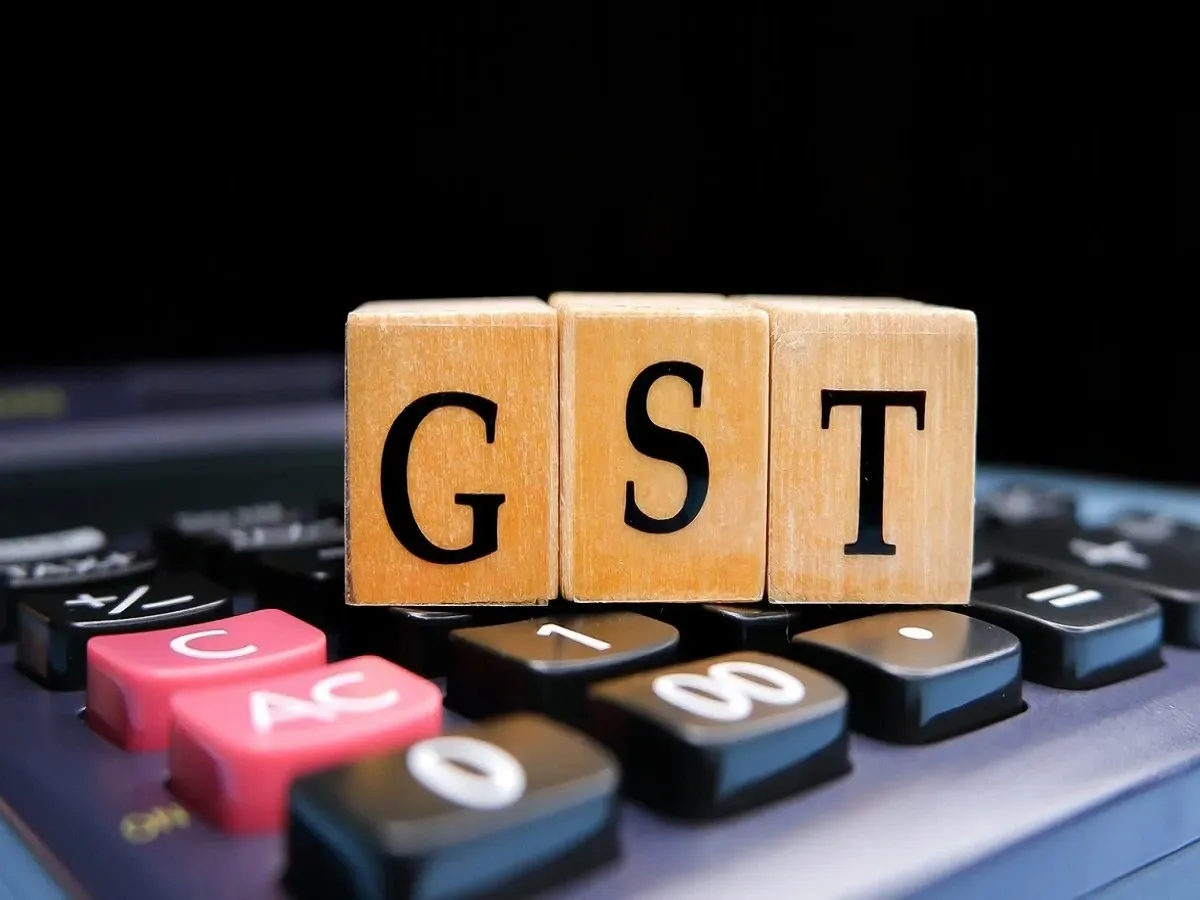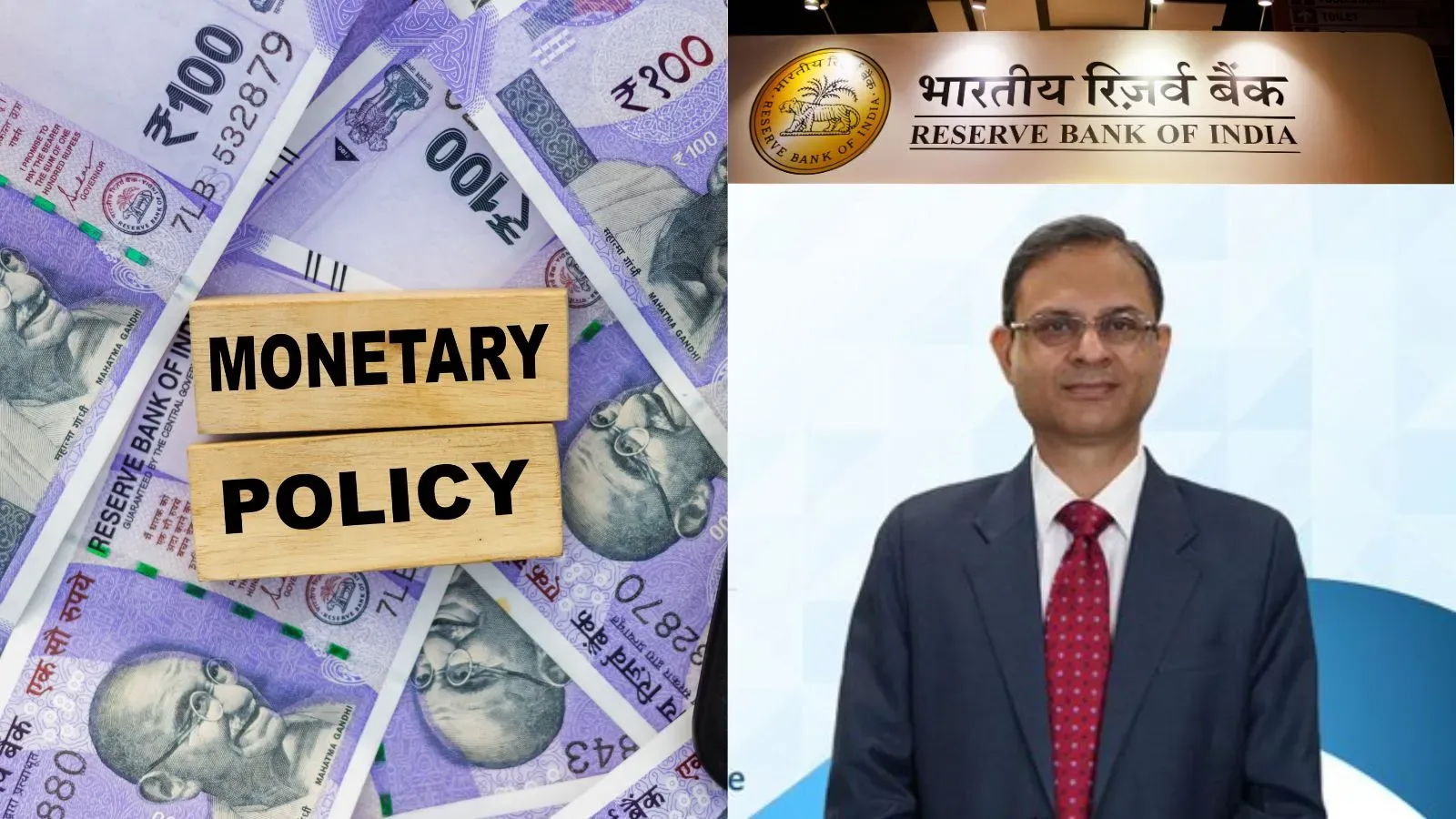Business News
Here’s why GST revenue trends could impact your next big purchase
.png)
5 min read | Updated on July 26, 2024, 17:36 IST
SUMMARY
In May, GST revenue rose by 10% to ₹1.73 lakh crore compared to the same month of last year. The revenue in June rose by 8% to ₹1.74 lakh crore against ₹1.61 lakh crore in June 2023.

Here’s why GST revenue trends could impact your next big purchase
The Goods and Services Tax (GST), introduced in 2017, has undergone several reforms, including a widening of the tax net, bringing more items under its purview, and revision of the tax rates. Any change in the GST rates often affects consumers as the tax burden is shifted from the goods manufacturers and service providers to the end user.
With record GST collections in FY 2023-24 and the government’s focus on GST reform, it’s time to transfer some benefits to the end users.
GST collections breached the ₹20 lakh crore mark in FY 2023-24, reflecting a growth of 11.7% over the previous year. The record GST collections of ₹20.18 lakh crore reflect a buoyant economy, higher self-compliance by businesses and effective enforcement measures by authorities to check fake GST invoices and tax credit scams.
The average monthly GST collection stood at ₹1.68 lakh crore in 2023-24 compared to the previous year’s average of ₹1.5 lakh crore.
GST collections have also grown in the current fiscal year. In April, GST revenue was at a record monthly high of ₹2.1 lakh crore, up by 12.4% over the year-ago month. The rise in GST revenue could be attributed to strict audits and scrutiny by tax authorities.
In May, GST revenue rose by 10% to ₹1.73 lakh crore compared to the same month of last year. The revenue in June rose by 8% to ₹1.74 lakh crore against ₹1.61 lakh crore in June 2023.
Concerted efforts, higher compliance boosted GST revenue
The persistent GST revenue trend has eased government worries about revenue loss following the rollout of the indirect tax regime.
Tax experts say that tax authorities' concerted efforts, including zero tolerance for non-filers, strict steps to combat fake invoicing, and a focus on registrations, have propped GST revenue in state coffers.
According to experts, a significant rise in GST collection has been seen across all major producing and consuming states, which reflects that revenue collection is widespread and not limited to a few industrial pockets.
Data showed that GST started with an average monthly collection of ₹0.9 lakh crore in 2017 and hit a high of ₹1.78 lakh crore in FY 2023-24, which has seen an average 13% growth per annum.
Economic Survey highlights need for GST reforms, rate revisions
The Economic Survey 2023-24 also took note of a rise in GST revenue following a series of steps. The survey pointed out that GST has matured significantly over the past seven years through the streamlining of procedures. GST has enhanced tax buoyancy for the centre and the state governments.
Tax buoyancy has also renewed demands for further rationalisation of the GST rate structure to compress the number of rates, eliminate rate inversions, introduce broadband rates for similar products, and expand the tax base.
Currently, GST has a rate structure of 5%, 12%, 18%, and 28%. Most goods and services fall in the 12% and 18% tax slabs.
The survey also highlighted demands for differentiating between serious and less serious offences, encouraging voluntary compliance and expediting the resolution of disputes.
Finance Minister Nirmala Sitharanan, in her Budget speech, also stressed that GST has decreased the tax incidence on the common man. The minister said that the tax has reduced the compliance burden and logistics costs for trade and industry. The finance minister stated that the government will strive to further simplify and rationalise the tax structure and endeavour to expand it to the remaining sectors.
How GST revenue trends could impact your next big purchase
Finance Minister Nirmala Sitharaman’s comments in the Budget 2024 have raised hopes of GST reforms and inclusion of remaining items in the unified tax system. If you are planning for your next big purchase like gold jewellery, car, a new house or an expensive gadget keep a watch on the GST rates on the item.
There has been a long-pending demand to include petroleum products under the GST structure for uniform pricing and to lower the tax burden. Other items such as electricity and natural gas could also be brought under the GST net, which would enable stakeholders to claim input tax credit benefits, which may translate into lower prices for consumers.
A new rate structure could entail lower taxes on products such as cement and insurance, mainly health insurance. The automobile sector has also been pressing for rate revision. The GST rates of 5%, 12%, 18%, and 28% are applicable to various automobile products, with cars attracting the highest 28% rate.
A lower rate would help bring down the prices to make them more affordable.
Rate structure revision for other consumer durable products, such as ACs, which have become a necessity amid the changing climate, could benefit buyers. In 2021, the GST Council formed a ministerial group to study and recommend rate revisions and other reforms. The government could prioritise the GST rate revision amid its focus on GST reforms.
By signing up you agree to Upstox’s Terms & Conditions
About The Author

